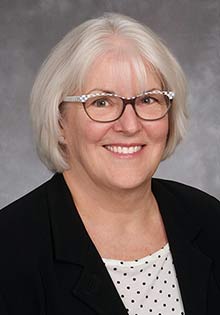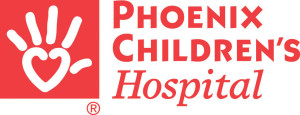Interventional radiology method is safe and effective within minutes, with no complications
Migraines are a common medical condition among youth and adults, affecting 12 percent of people ages 12 and older. They can be especially debilitating in teenagers and often disrupt everyday activities, such as school, music and sports.The innovative treatment–sphenopalatine ganglion (SPG) block–does not involve needles touching the patient. Instead, a small flexible catheter is inserted into each nostril and local anesthetic is administered to the SPG, a nerve bundle thought to be associated with migraines, located at the back of the nose. Briefly disabling the SPG can disrupt and reset the headache circuit, breaking a cycle of severe migraines and reducing the need for medication. The minimally invasive SPG block takes almost immediate effect with relief potentially lasting for months, researchers said. SPG blocks are not a frontline treatment. A child only qualifies for the therapy if he/she has been diagnosed with a severe migraine that has not responded to first-line treatments.

Robin D. Kaye, MD of Phoenix Children’s Hospital
“This treatment, performed in an outpatient setting by an interventional radiologist, can safely relieve a child’s migraine quickly,” said Robin Kaye, MD, section chief of interventional radiology in the department of medical imaging at Phoenix Children’s Hospital and a co-author of the study. “By reducing the need for medications that come with serious side effects or intravenous therapies that may require hospital stays, children don’t have to miss as much school and can get back to being a kid sooner.”
Kaye and her team conducted 310 treatments in 200 patients ages 7 to 18 at Phoenix Children’s Hospital. Patients’ pain levels before the intervention were recorded on a scale of 1-10. Ten minutes after the treatment, patients were asked to compare their pain level, using the same scale. The researchers saw a statistically significant decrease in the headache scores, with average pain score reduction of just more than 2 points on the 10-point scale.
“While it isn’t a cure for migraines, this treatment has the potential to really improve the quality of life for many children,” said Kaye. “It can be performed easily, without complications, and gives quick pain relief, which is important to parents who want to see their children happy, healthy and pain free again. If needed, we can also repeat the treatment if or when the migraine returns.”
###
Abstract 10: “Safety and efficacy of sphenopalatine ganglion blockade in children – initial experience.” L. Dance, D Aria, C. Schaefer, R. Kaye, M. Yonker, R. Towbin; Phoenix Children’s Hospital, Phoenix, AZ. SIR Annual Scientific Meeting, March 4-9, 2017. This abstract can be found at sirmeeting.org.
About the Society of Interventional Radiologyv
The Society of Interventional Radiology is a nonprofit, professional medical society representing more than 6,100 practicing interventional radiology physicians, scientists and clinical associates, dedicated to improving patient care through the limitless potential of image-guided therapies. SIR’s members work in a variety of settings and at different professional levels — from medical students and residents to university faculty and private practice physicians. Visit sirweb.org.
The Society of Interventional Radiology is holding its Annual Scientific Meeting March 4-9, 2017 at the Walter E. Washington Convention Center in Washington, D.C. Visit sirmeeting.org.

 A minimally invasive treatment for migraine headaches used for adults is also proving to be a safe and effective treatment for children and teenagers, and only takes minutes for a child to feel relief, according to new research being presented today at the Society of Interventional Radiology’s 2017 Annual Scientific Meeting.
A minimally invasive treatment for migraine headaches used for adults is also proving to be a safe and effective treatment for children and teenagers, and only takes minutes for a child to feel relief, according to new research being presented today at the Society of Interventional Radiology’s 2017 Annual Scientific Meeting.